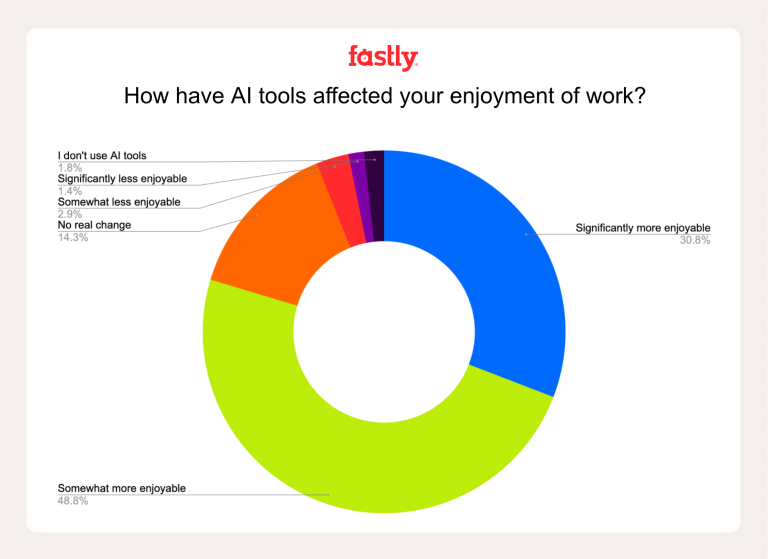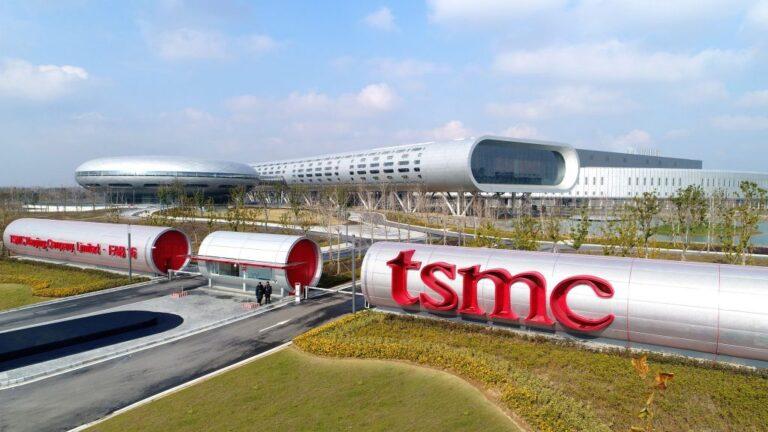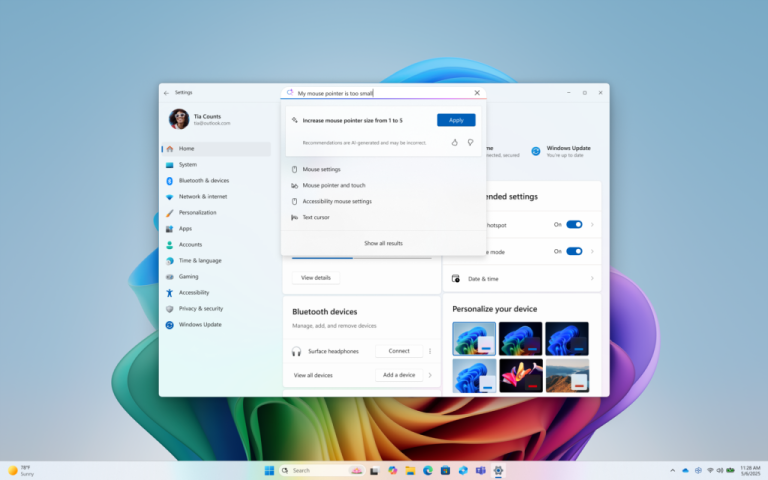
Brainstorming process. Photo young business crew working with new startup project.Notebook on wood table. Idea presentation, analyze marketing plans.

You might have heard of MFA before, otherwise called multi-factor authentication. It has certainly been in the news a lot lately because there have been more cyberattacks recently, especially ransomware attacks. Ransomware can get your business in a lot of trouble and might even shut you down if you have to pay thousands or even millions of dollars to unlock the trade secrets you were keeping online.
Let’s discuss multi-factor authentication a little bit more. We’ll break down what it is and also what it can do for your business today.
What Precisely is Multi-Factor Authentication?
Before we jump into what MFA can do for your business, you should first understand exactly what it is. Some computer-literate people also call MFA double-factor authentication. It is a way for you to access your computer network or specific information that you’ve stored on there.
You probably have a computer network for your business. It might be bespoke, or maybe you’re using a software suite that you can buy that’s ready right out of the package. Either way, you need to take steps to make sure that only authorized individuals can access your network.
If people who aren’t supposed to be there can get in, they will steal your data. That data might include your clients’ names, addresses, phone numbers, credit card numbers, and so forth. You may also have similar information on there with which your employees have entrusted you
Multi-factor authentication means you can’t access your business’s computer network without two ID forms. One form might be a passcode, like what enables you to unlock your smartphone. They might be fingerprint scans or facial recognition technology.
You Might Use This on Your Phone Already
Multi-factor authentication might not be a foreign concept to you, even if you may not know it by that name yet. You might have already set up your smartphone so you can’t get into it without both a passcode and a biometric indicator that the person trying to access the phone is you. That could be a fingerprint or your facial features the phone can read before it unlocks.
If you’ve got employees who are trying to access your company’s computer network, they might use these things, but you might also have them set up their work computer so that it asks them a question to which they will know the answer. You know these sorts of questions. They might be something like “what was your mother’s maiden name, or “what was the street name on which you grew up?”
Why is Multi-Factor Authentication So Critical for Business Purposes?
To reiterate, you need to keep unauthorized people out of your network and away from the sensitive data that your company collects. These hackers can do all kinds of harmful things with that data, such as assuming the identity of an employee and draining their bank account.
Also, if hackers keep getting into your computer network, that will send the wrong message to both potential employees and possible customers and clients. If they know you don’t have robust cybersecurity measures, why would they want to have anything to do with you?
How Can You Set Up Multi-Factor Authentication for Your Business if You Don’t Have It Yet?
You might wonder how to set up multi-factor authentication for your business in the same way you already may have it for your smartphone. It’s not that difficult, but you will probably have to contact an IT person about it.
If your company already has an IT specialist on staff, or possibly even an entire IT department, they can get to work setting up multi-factor authentication for every device that your workers use. If they can’t access all of those devices personally, such as if some of your employees work from home, for example, the IT department can send out a company-wide email telling your workers what steps to take to set it up themselves.
You don’t need to be all that tech-savvy to set up multi-factor authentication. Think about it for a moment: you probably already have it on your phone, and it wasn’t that difficult to achieve.
This is a very simple step you can take that will protect your company so much. If you decide not to do it, you will remain vulnerable. That can hurt you in many ways, and it could be your business’s death knell if the right hacker gets into your system and wreaks havoc.





